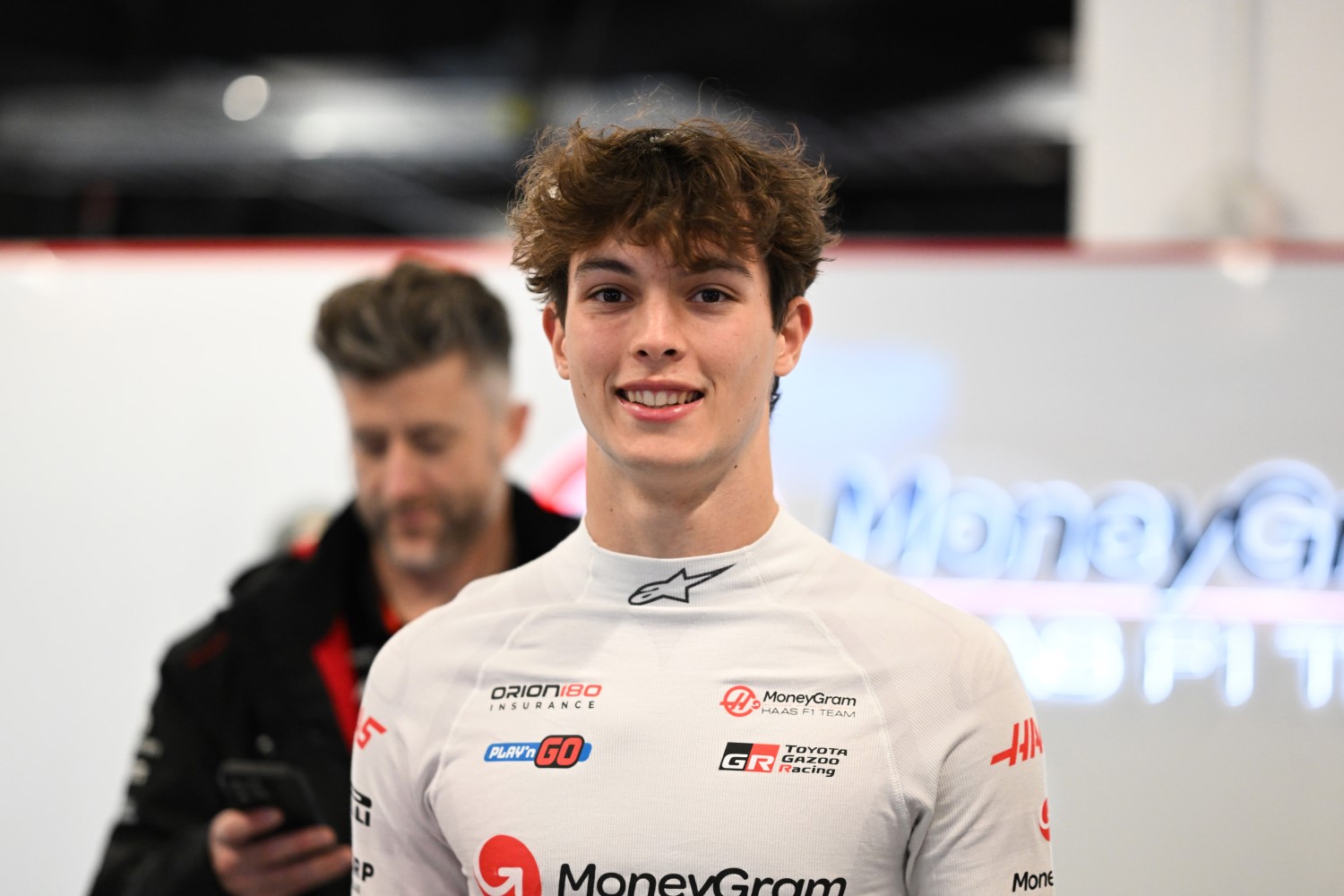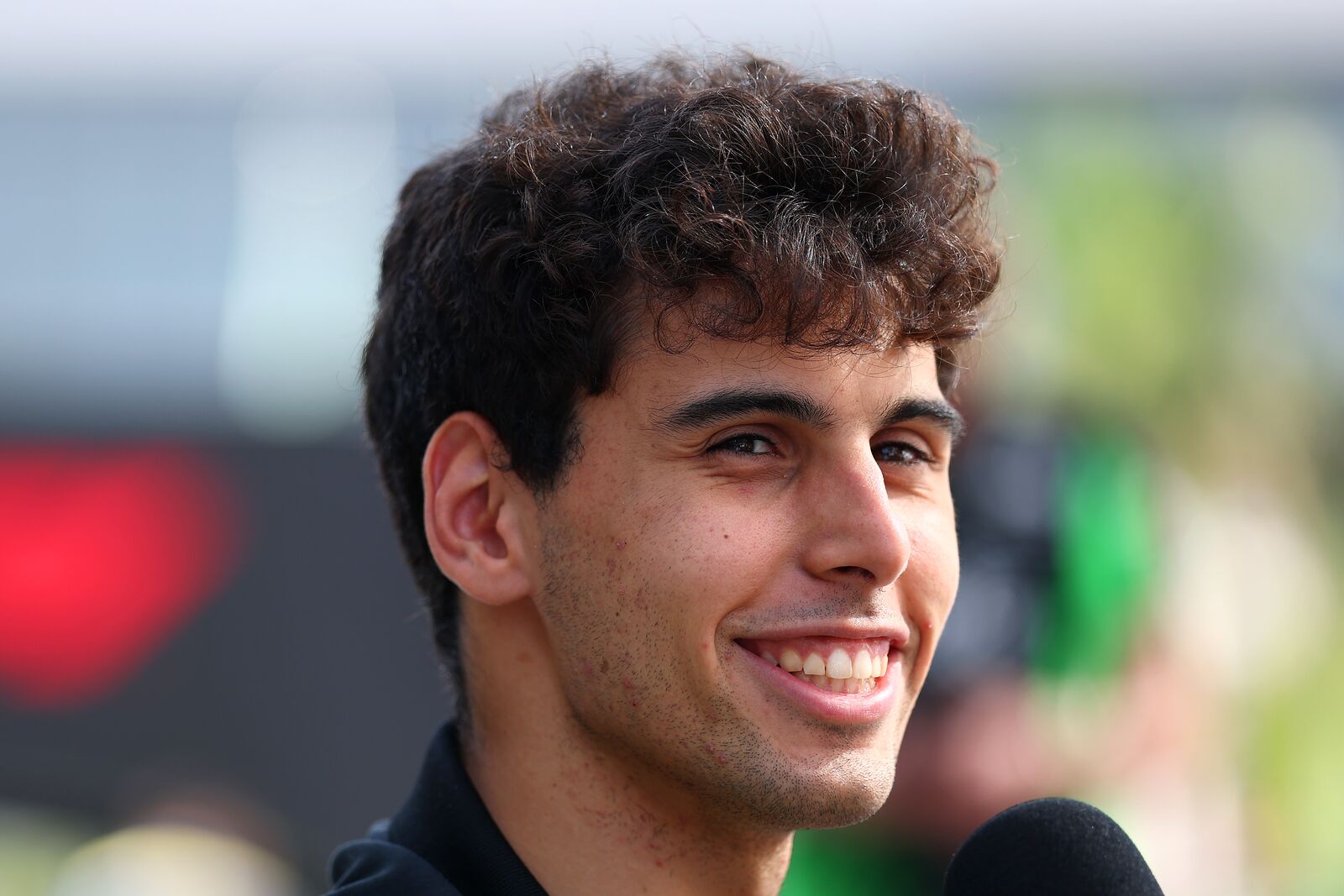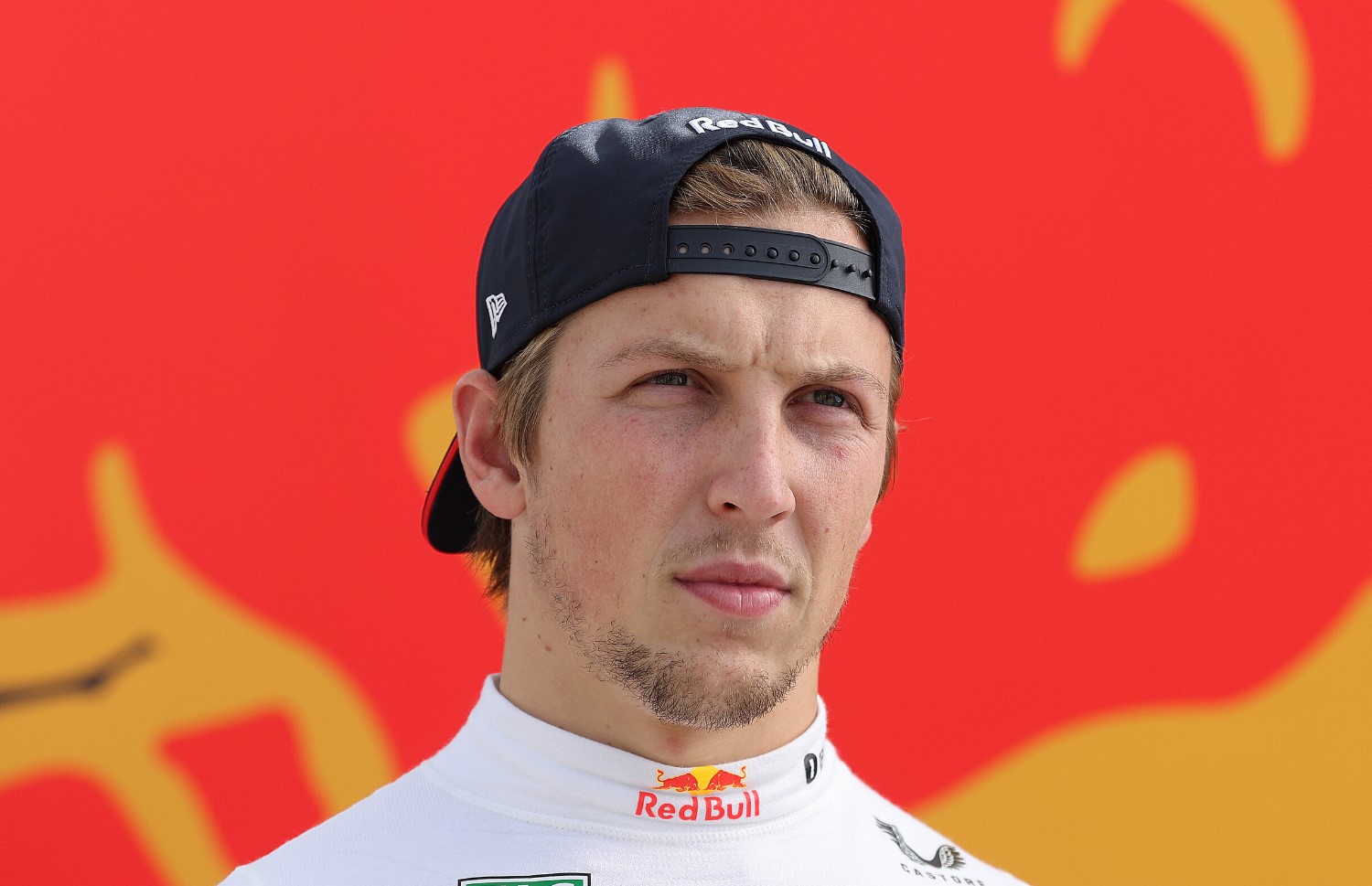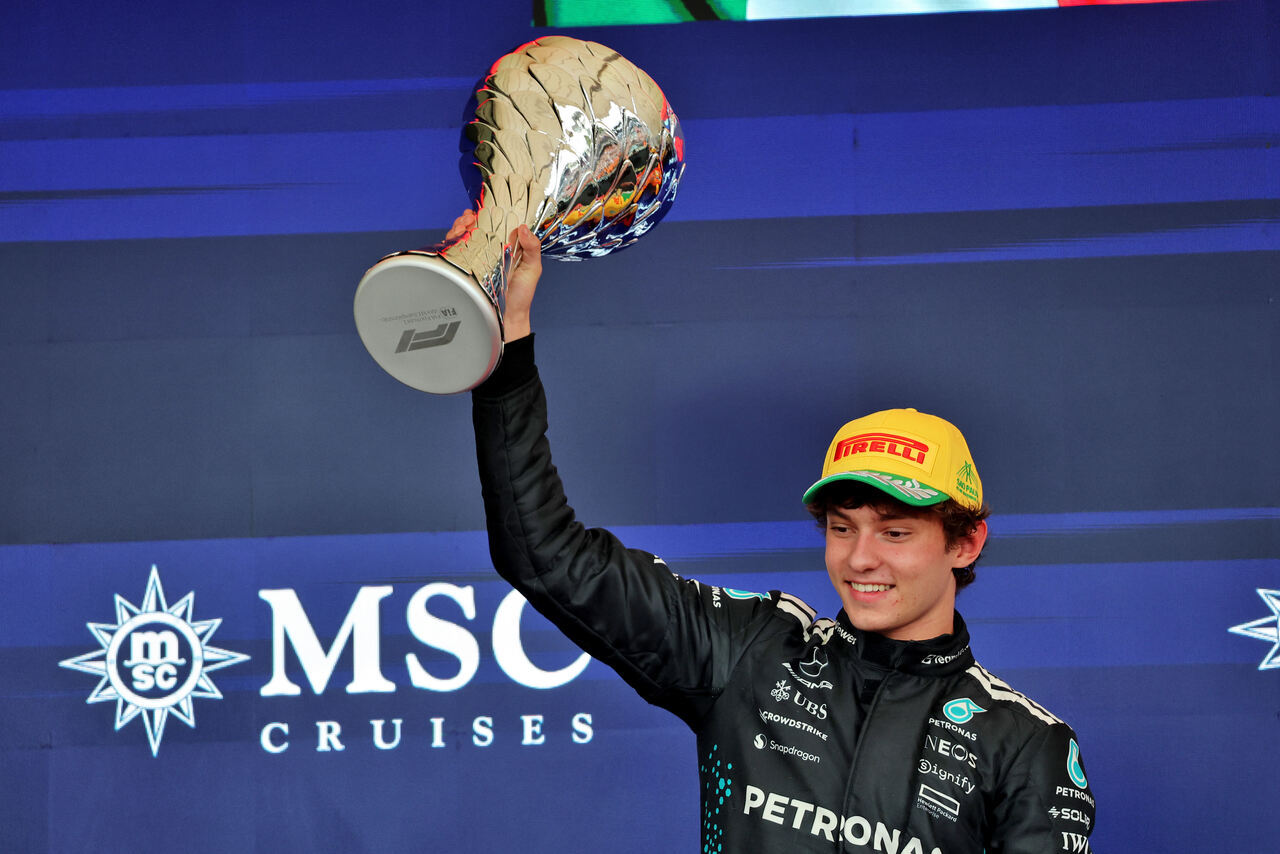The Real New Generation of Formula 1: Talent, Politics and the True Future of the Grid
The 2025 Formula 1 season arrives at a moment of transition, but not in the simplified way early predictions suggested. Yes, a new wave of young drivers is reshaping the grid — but the reality behind who made it, who missed out, and who will define the next decade is far more complex than a clean list of seven rookies.
Some prospects rose exactly as expected, propelled by the full weight of their teams’ development systems. Others were derailed by timing, internal politics or simple lack of available seats — dynamics that many fans following young-driver performance trends through tools like the bet365 bonus code virginia understand well when evaluating future potential. And a few, like the electrifying Arvid Lindblad, have emerged so fast that they are already redefining the hierarchy of future talent before even approaching Formula 1.
To understand the true next generation of Formula 1, we need to separate hype from reality, narrative from fact, and projection from the actual structure of the 2026 grid.
A Reset Point: Why 2025 was the Beginning of a New Driver Cycle
For nearly a decade, Formula 1 has seen limited turnover. Established veterans held on to competitive seats while junior programs struggled to break through.
The sport’s hybrid era made stability valuable; teams preferred predictability over experimentation.
But 2025 is different.
The impending 2026 regulation change means teams are planning long-term, and long-term thinking often begins with a young driver who can grow with the project. Mercedes, Ferrari, Sauber–Audi and Red Bull’s junior squad all pivoted toward youth, creating a rare opening for rookies and reshuffling the hierarchy of existing talent.
Most importantly, the young drivers emerging now were raised in a different motorsport ecosystem: one defined by hyper-advanced simulators, relentless telemetry analysis, and the expectation that adaptability is as important as raw speed. This generation didn’t grow up “learning the car”; they grew up learning the engineering.
Andrea Kimi Antonelli: The Teenager Mercedes Is Building Its Future Around
No rising driver carries more expectation than Andrea Kimi Antonelli.
His promotion to Mercedes at 18—directly into Lewis Hamilton’s former seat—is one of the boldest strategic decisions in modern F1 history.

His career progression has always defied convention: dominating karting, winning multiple Formula 4 titles, conquering Formula Regional, then bypassing Formula 3 entirely. Mercedes designed an accelerated path for him because, internally, they concluded that his technical intelligence and adaptability were already beyond most prospects several years older.
What sets Antonelli apart is not only his speed but his composure. In testing and simulator work, engineers regularly note how quickly he stabilizes performance after setup changes. He drives like someone who has spent a decade analyzing race data, not barely two years out of karting. For Mercedes, he represents a post-Hamilton identity built on youth, development and long-term engineering alignment.
In many ways, Antonelli is the centrepiece of the next era.
Oliver Bearman: Ferrari’s Most Important Homegrown Talent Since Leclerc
While Antonelli commands the headlines, Oliver Bearman carries a different — yet equally heavy — burden: he is Ferrari’s most promising academy graduate in years and a long-term investment in the Scuderia’s future.

Bearman’s breakout moment, scoring points on debut when replacing Carlos Sainz, convinced Ferrari that his ceiling justified an immediate move to Haas. What truly impressed insiders wasn’t the lap time alone but the serenity with which he handled the entire weekend. He communicated clearly, supported engineers with mature feedback and avoided errors in a high-pressure environment that has historically crushed rookies.
Ferrari views Bearman not simply as a project but as a future candidate for the senior team. Haas, under new internal structure and increasing technical support from Maranello, sees him as a driver who can lead the organisation out of its stagnation. Bearman’s style — fast but disciplined, confident but methodical — makes him extremely valuable in an era where young drivers must combine reflexes with engineering fluency.
Isack Hadjar: Red Bull’s Quietly Crafted Success Story
Isack Hadjar is not the loudest name in this generation, nor the most heavily marketed, but inside the paddock he is respected as one of the most complete young drivers in Red Bull’s stable. His rise through Formula 3 and Formula 2 was not spectacular in single bursts but impressive in its consistency. He improved every season, learned from mistakes and showed resilience in pressure scenarios.

Red Bull’s decision to place him with the Racing Bulls (VCARB) reflects a long-term strategy: groom him through the team that once produced Verstappen, Gasly and Sainz, then evaluate his readiness for the senior Red Bull seat once opportunities arise. His racecraft is sharp, especially in close combat; he has a natural instinct for defending without overworking the tyres, and on street circuits he often extracts more than the car should allow.
Hadjar represents the “Red Bull archetype” of the next era: analytical, aggressive, and responsive to technical complexity.
Gabriel Bortoleto: A Calm, Precise Talent Perfectly Timed for Audi’s Arrival
Few young drivers are as naturally composed as Gabriel Bortoleto.
His Formula 3 title showcased maturity beyond his age, and his performances in Formula 2 confirmed that he excels not through flamboyant overtakes but through endurance, race intelligence and mechanical sympathy.

His arrival at Sauber — soon transitioning to Audi — is strategically aligned. Audi wants a long-term project, a driver who can integrate into the team’s culture from the beginning and mature alongside the development of a completely new power unit and chassis philosophy. Bortoleto’s strengths make him ideal for this: he avoids unnecessary risks, understands tire management deeply and doesn’t crumble under pressure.
For Brazil, he may represent the most promising prospect since Felipe Massa — and the perfect candidate to revive the nation’s profound F1 legacy.
Liam Lawson: A Talent Caught in the Political Crossfire
No young driver’s story illustrates the cutthroat nature of modern Formula 1 quite like Liam Lawson.
He impressed in 2023 as a substitute, scoring points and proving he could extract performance quickly from unfamiliar machinery. Many expected him to graduate to Red Bull Racing, especially after Sergio Pérez’s struggles. Yet Red Bull extended Pérez and kept Verstappen’s lineup intact, leaving Lawson without a place despite strong testing feedback.

He was not “destroyed” or “demoted”; he simply lacked a seat when opportunities closed. His future now depends on timing, contracts and the internal dynamics of Red Bull’s evolving structure. Lawson remains one of the most complete young drivers outside a top team, but without an opening, his career progression remains temporarily stalled.
Jack Doohan: The Promising Prospect Who Lost the Last Chair
Jack Doohan’s trajectory shows how unforgiving F1 can be. He had the results, the work ethic, the simulator output and the internal support. Yet Alpine ultimately selected Kush Maini and kept Pierre Gasly, leaving Doohan without the promotion many expected.
While Doohan wasn’t “not fast enough,” he simply faced a grid with too few openings and too many contractual locks. In another year, he might have been a clear choice. His challenge now is staying relevant, proving value through testing, and hoping that a future mid-season shakeup creates an entry point. Like Nyck de Vries and Stoffel Vandoorne before him, he may need patience — and a bit of luck — to revive his F1 future.
Arvid Lindblad: The Rising Star Who Could Redefine the Next Decade
If there is one driver the original analysis omitted improperly, it is Arvid Lindblad.
At only 16–17 years old, the Red Bull junior is already considered one of the most extraordinary prospects of his generation. His pace in FIA Formula 3 stunned insiders; his karting results mirror the trajectories of Verstappen and Antonelli; and his learning curve is steep enough that some believe he could reach Formula 1 before the age of 20.

Lindblad represents the true long-term future — a driver whose talent is so raw, so immediate and so advanced that teams will restructure their talent pipelines around him. He is not part of the 2025 grid, but he is part of every serious conversation about F1’s future.
The New Era: How This Generation Will Change Formula 1
This youth movement is not just cosmetic. It signals a deeper structural change.
Teams are no longer satisfied with experienced drivers who provide stability; they want adaptability for 2026, technical literacy, and long-term development arcs.
The new generation grew up in a world where the simulator is as important as a test session, where telemetry navigation is second nature, and where junior categories prepare drivers for the complexity of hybrid systems long before they approach F1 machinery. These drivers are not just faster — they are fundamentally better prepared.
A More Complex, More Competitive, More Global Future
The real story of Formula 1’s next generation is not a fixed group of six newcomers, but a layered, dynamic ecosystem of rising talent shaped by timing, opportunity, engineering alignment and political reality.
- Antonelli carries the hopes of Mercedes.
Bearman strengthens Ferrari’s long-term structure.
Hadjar forms part of Red Bull’s evolving identity.
Bortoleto positions Audi for its grand entrance.
Lawson waits for the break he undeniably deserves.
Doohan regroups in search of a second chance.
Lindblad prepares to storm the sport sooner than anyone expects.
This is the true beginning of F1’s next era — one shaped not by a single rookie class, but by an entire generation redefining what it means to be ready for the highest level of motorsport.
